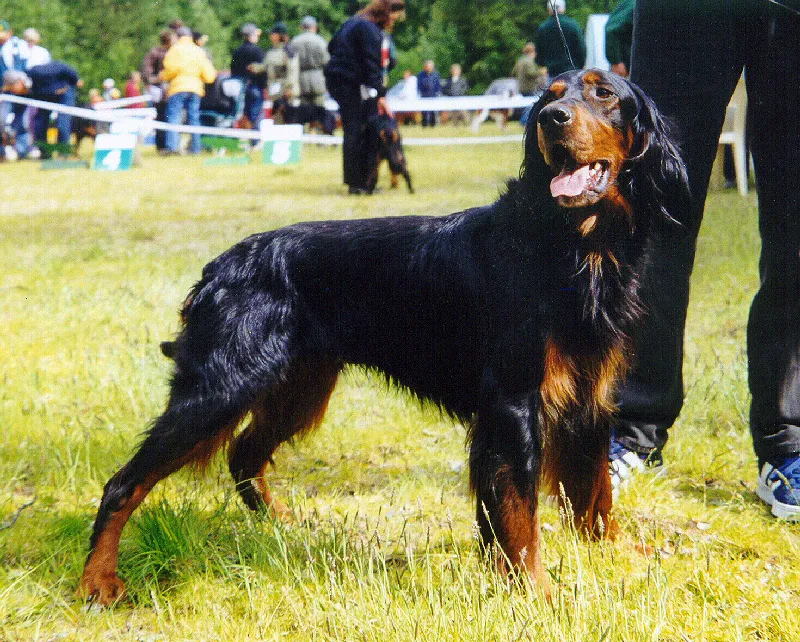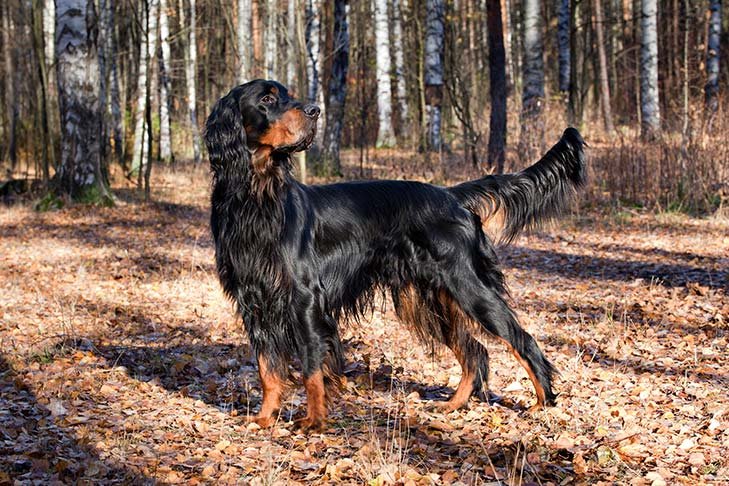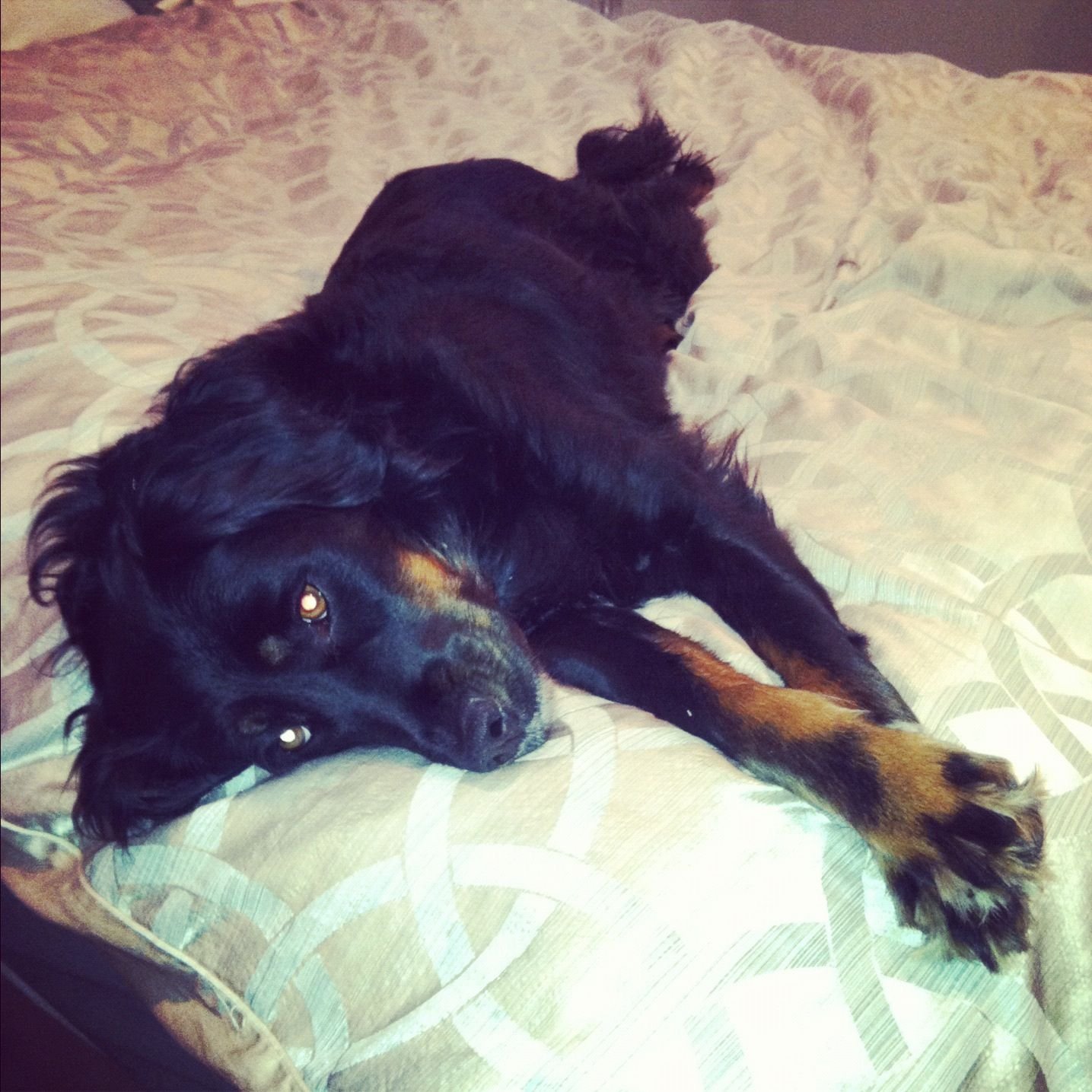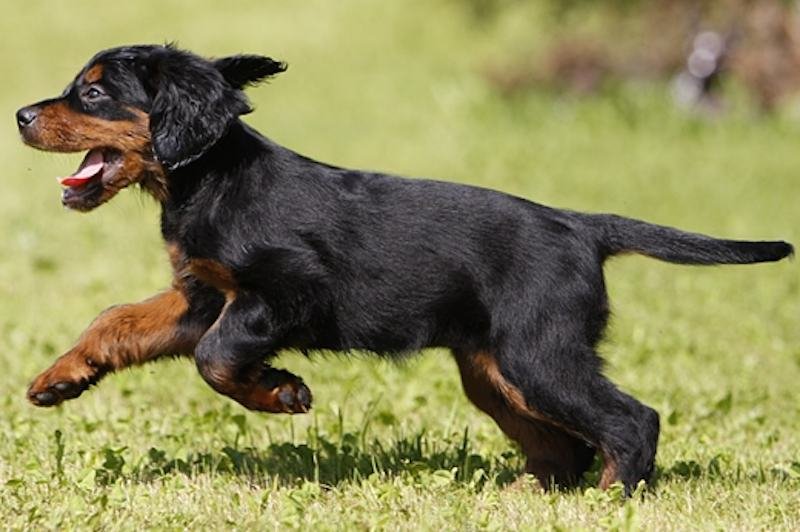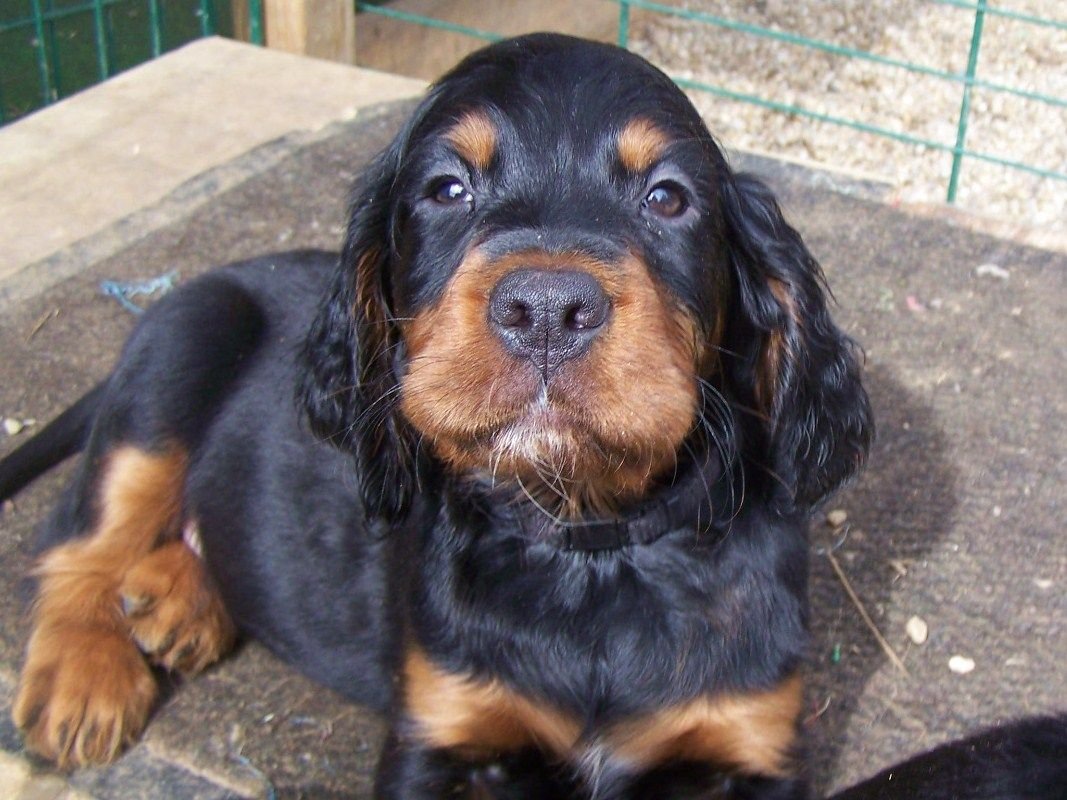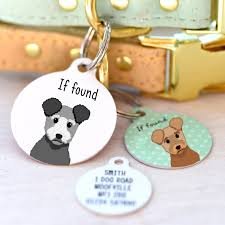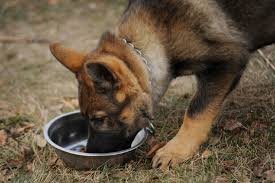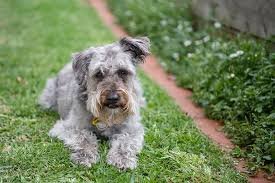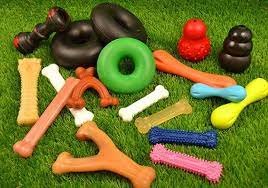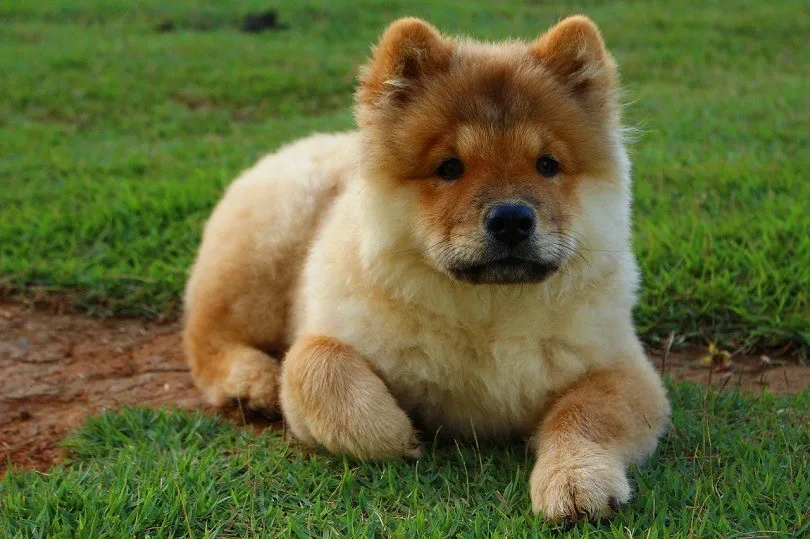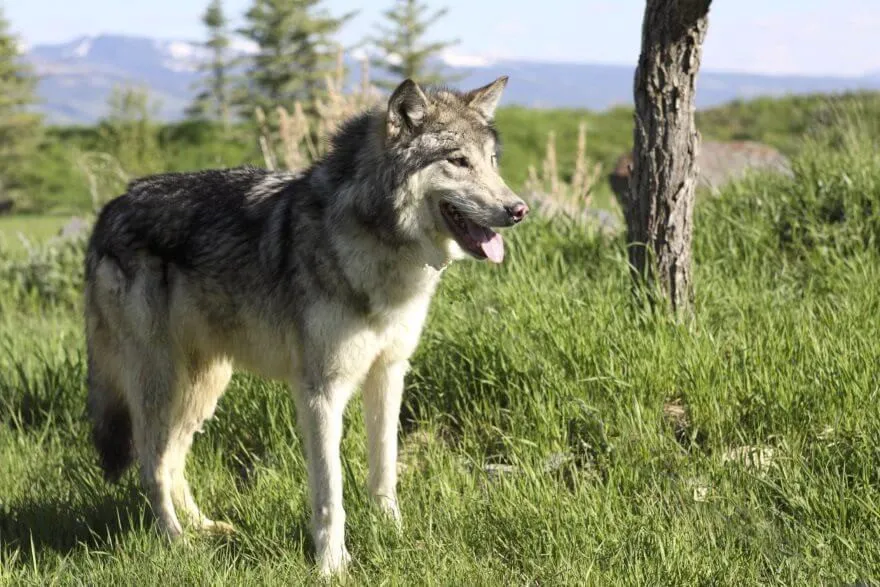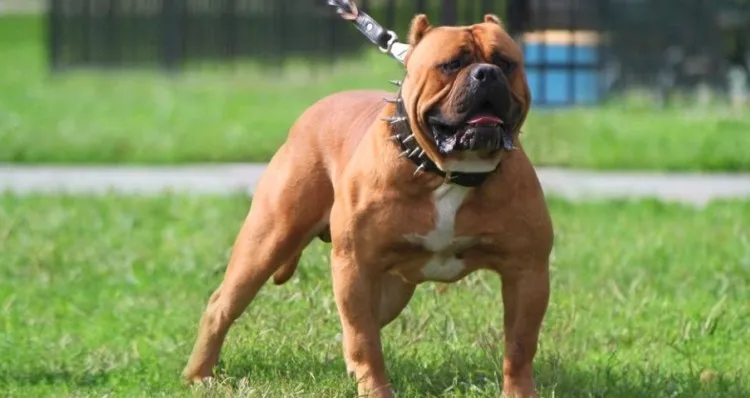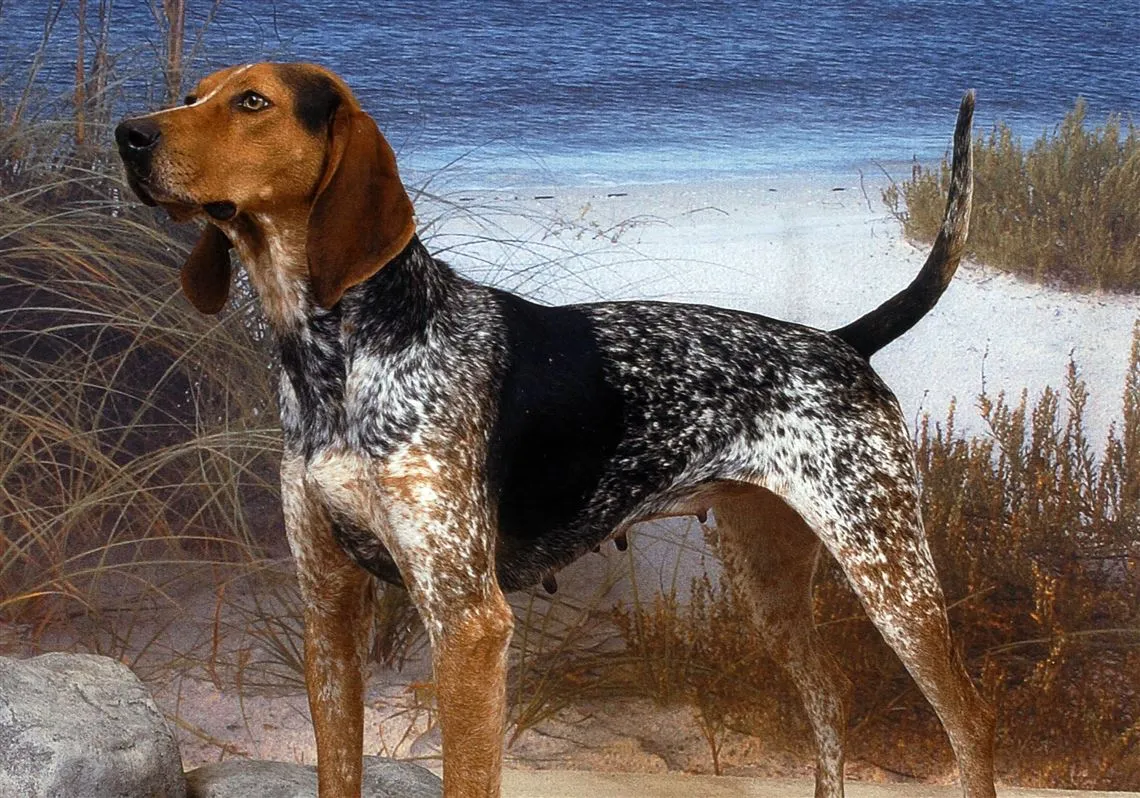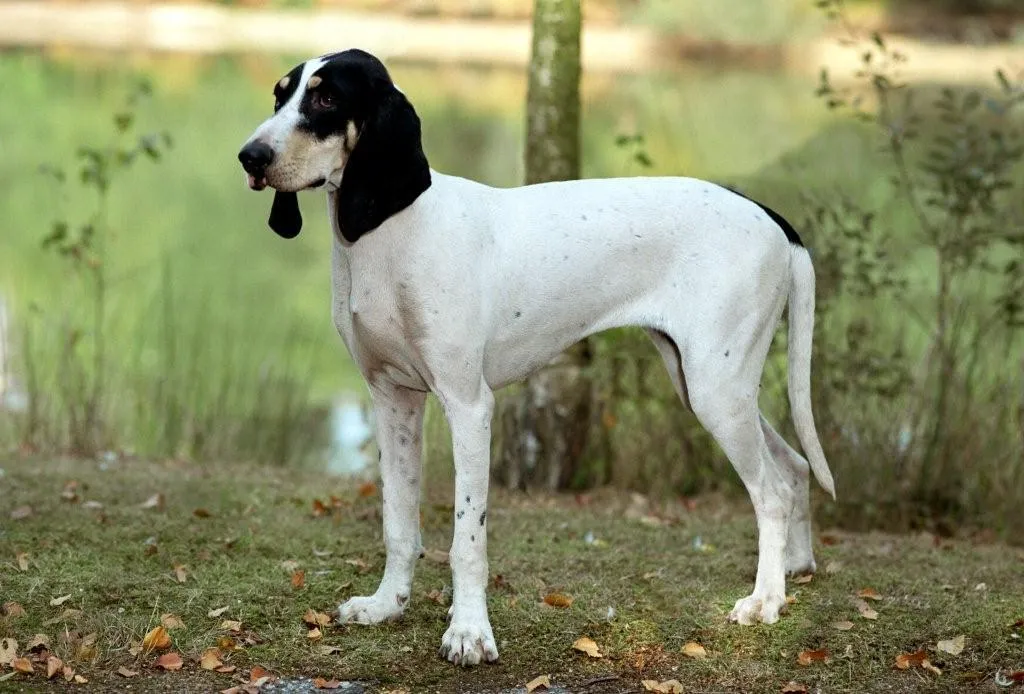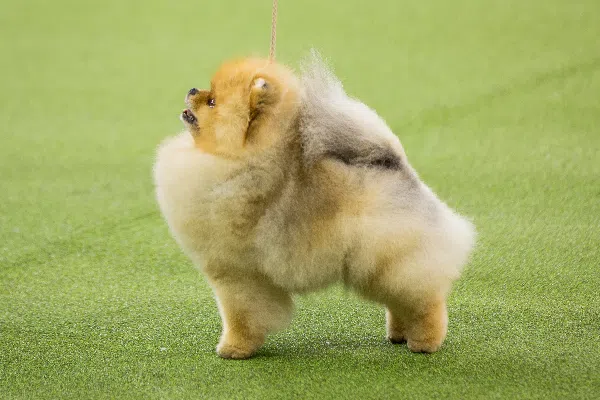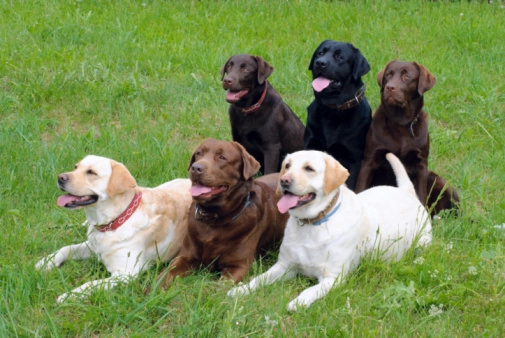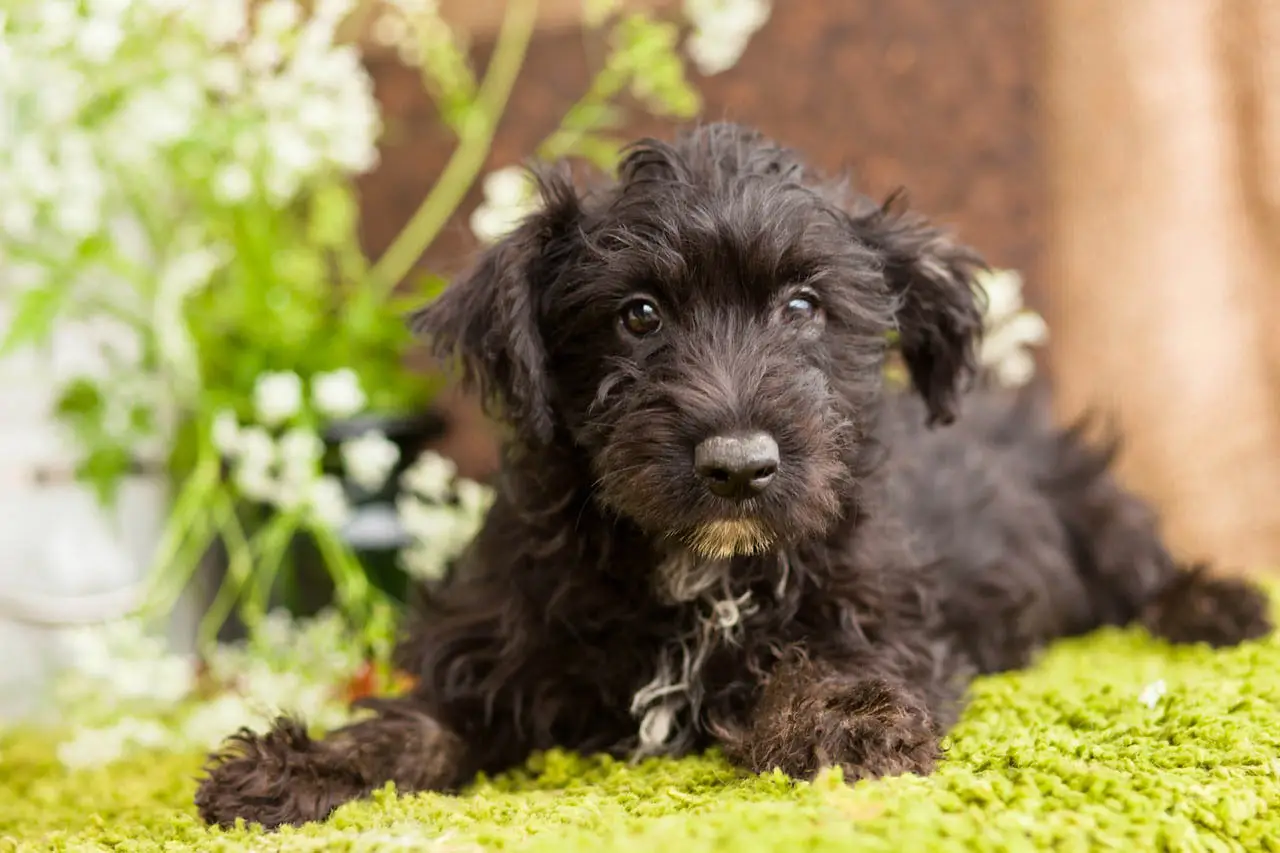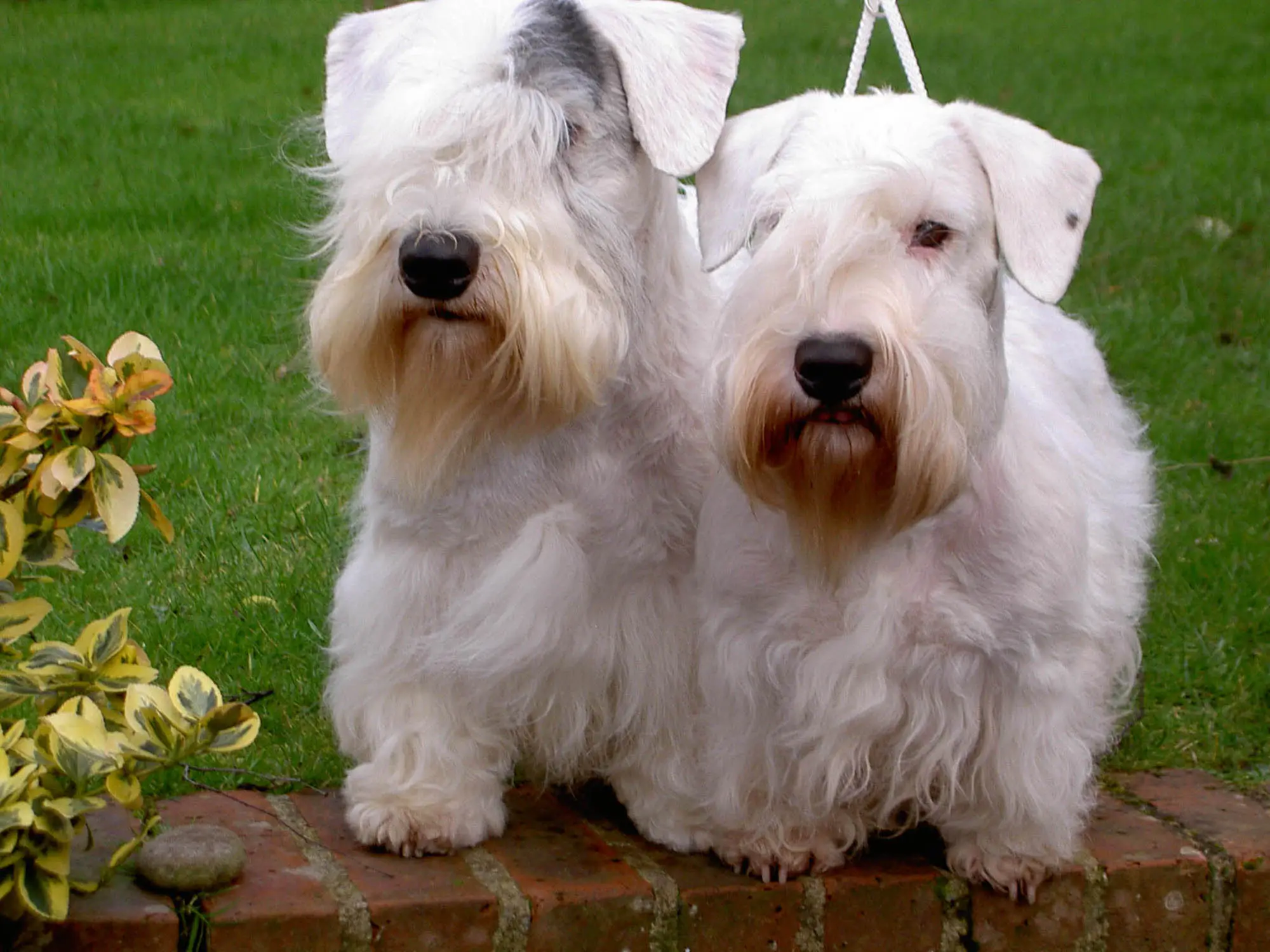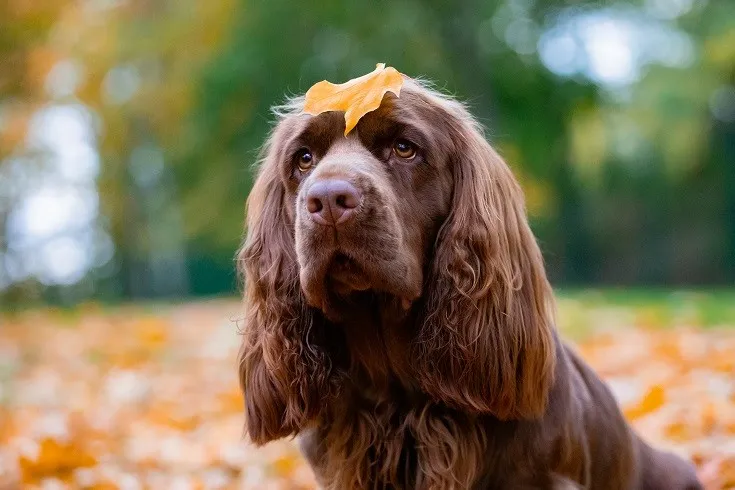History
This breed originated in the early 1600s and came into limelight in the early nineteenth century in kennels of Alexander, who was the Fourth Duke of Gordon ( Banffshire, Scotland ), whose name now adorns the breed. He planned to create a smaller but stronger and more powerful version of the typical Setter of his day – the one which would be able to withstand the rough terrains of northern Scotland. The Duke intentionally sacrificed speed for stamina. Mr. George Blunt was astonished by the beauty and superior hunting instincts of this breed and imported Rake and Rachel ( two direct descendants of the Duke’s kennel ) to the United States in 1842. To achieve the perfect American type other Gordon Setters were also imported from Scandinavia and United Kingdom. As these dogs religiously work “close to the gun” and without the flashiness and speed of some other breeds ( especially the English Setter, Irish Setter, and the Pointer ), they lost some of its fame with the passage of time - when field trials started to gain popularity. However, Gordon Setters remain most performing and sought-after one person shooting dogs of any breed.
Interesting Facts
-
Its nickname is “black and tan.”
-
Normal colored parents could give birth to a red offspring due to the effects of the dominance of a recessionary red gene.
-
Predominantly red, tan, and buff-colored Gordon Setters are not qualified for shows.
Varieties
here are three types of Gordon Setters in North America; namely – show dogs, dual dogs, and field dogs.
-
Show dogs - they are the larger ones with thick coats. The adult males usually way more than seventy pounds and have a tall ( over twenty-six inches ) body structure. They look gorgeous and may be serious or stupid in their plays. Unlike field dogs, their tails hang just above the horizontal level or below it. Young dogs could have silvery tails which disappear with time. Show dogs have less stamina and flexibility than field dogs and are characterized by one small white spot on their chests.
-
Dual dogs – they have a medium-built and virtually adhere to the present UK breed standard as well as the original breed description. The adult males weigh anything between fifty-five to sixty-five pounds, stand twenty-three to twenty-five inches, and are faster and lighter than the show dogs because of their size and weight. They are terrific field workers, agile, obedient, and competent for multiple roles. They are somewhat less stylish ( as they resemble show dogs when pointing to birds ) and slower than field dogs. These dual dogs retain the noble character of show dogs, possess moderately thick coats, and could win beauty contests also.
-
Field dogs – they are the fastest, smallest, and with the thinnest coats. The adult males weigh forty-five to fifty-five pounds, standing twenty-two to twenty-four inches, and are pretty light on their feet. Their tail sets and headsets are highest in-class. There could be significant white patches here and there including their paws, and these types of dogs are not suitable to take part in shows. These do not conform to breed standard, and you may also be wondering how the breeders changed the original level tail set to twelve o’ clock full vertical tail.
Temperament & Personality
Gordon Setter puppies are watchful, brave, positive-minded, attentive, loving, loyal, and strong-willed to bear rigorous training sessions. These happy, devoted, friendly and sweet-natured dogs are always found amusing their owners and other family members. They go well with kids and other pets, but are quite shy of strangers, and would circle the premises of its hound to give the impression that the dog is “looking after its family”. They do not run fast, however, are always roaring with energy.
Exercise
These dogs need a moderate amount of physical activities, and never engage them in forced practices ( E.g., obedience jumps ) before they are two years of age, as this could injure their bones and joints. Take them with you when you are going for a walk or jogging, and play with them inside fenced spaces.
Grooming
Their shedding is average, and require little or medium care for grooming including brushing the coat, with particular attention during shedding seasons. Bathe or shampoo ( without water ) them whenever the need arises, cut the nails, and shorten the hairs of bottom-feet.
Health Problems
Gordon Setters are considered a healthy breed and only suffer from common canine diseases, such as, Progressive Retinal Atrophy, hip dysplasia, cataracts, bloating, etc.
Training
Early exposure to positive reinforcement methods does not leave any room for Gordon Setter puppies to pick up bad habits. Walk in front of them, being their pack leader, and stick to your leadership role to inculcate discipline in them. Encourage your dog to socialize with other pets, people, and children. As they are intelligent and love to learn new things, it is pretty easy to train them.
Feeding
Pork and chevon steaks are considered unhealthy fat sources for your dog. Give it boiled poultry meat, steamed vegetables, and anything that contains healthy fats. Its coat becomes brittle if the dog does not get the right amount of fat. Use fiber-rich dry dog food with high nutritional value, two to three cups daily and in two installments, but do not overfeed them.
.png)
